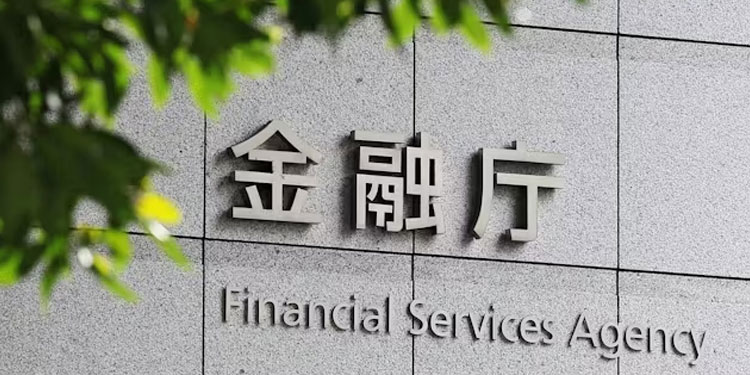 Blockchain technology, with its tamper-proof, decentralized nature, is pervading all business sectors and apparel industry is no exception to that rule. Waltonchain has introduced WaltconchainWTC-Garment, branded as the world’s first blockchain-based expensive clothing authenticity verification system.
Blockchain technology, with its tamper-proof, decentralized nature, is pervading all business sectors and apparel industry is no exception to that rule. Waltonchain has introduced WaltconchainWTC-Garment, branded as the world’s first blockchain-based expensive clothing authenticity verification system.
The project is an outcome of a partnership between Waltconchain and China’s luxury clothing brand Kaltendin.
Walonchain has applied the RFID core technology to the smart management system for warehouse management, smart shopping experience, and smart production.
Industry experts consider it “a revolutionary application of big data and IOT+ in the apparel industry.”
Waltconchain has released an introductory video which shows the WTC-Garment perform label printing, automatic data filling for production orders, factory package verifications, batch barcode printing, and unified document management.
Introducing Waltonchain's WTC-Garment system, the world's first blockchain-based high-end clothing authenticity traceability system.#Waltonchain $WTC #Blockchain #IoT #Kaltendin #Clothing #Fashion https://t.co/iHYWMBlXyh
— Waltonchain (@Waltonchain) July 5, 2018
Additionally, the system does automatic print record storage, product amendments, and factory real-time order receiving and confirmation. Furthermore, the system automatically generates order report and store factory info in the Waltonchain. This enables tracking all data in real-time.
Upon arrival at the warehouse, the garments are scanned automatically. This avoids warehouse errors. As and when available, the RFID handsets gather necessary info and the data is uploaded into blockchain. This enables tracking the location of goods easily.
Notably, Waltonchain CEO Mo Bing recently stated the company will become “Qualcomm + Cisco in the blockchain industry.” Waltonchain has applied for more than 20 patents in 2018. Additionally, it has applied for over a dozen software copyright objects.
Mo Bing said
“This year we have been preparing our layout. We have already applied for more than 20 patents, and there are more than a dozen of software copyright objects. These may be the moats we have built for our core technologies.”








